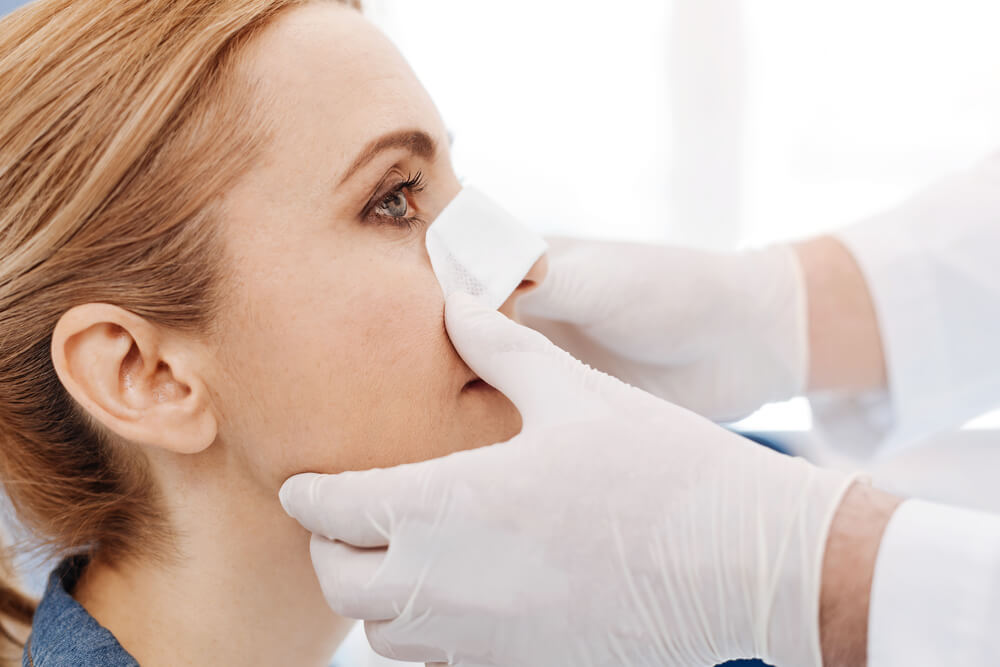Post- operative patient recovery

Septoplasty is a minor surgery and can be done in an outpatient facility, and most cases do not require hospitalization.
If the nose was packed during the surgery, the patient would be asked to be a mouth breather until the nose packs are removed, which is usually done after a day or two.
The patient would be asked to keep his head elevated, especially in the first few days. Here is a list of the most common post-operative symptoms and how to treat them:
- Swelling: The swelling that results post-operatively in septoplasty surgery is usually mild. This swelling is part of the healing process, as the body helps in healing by increasing the blood supply to the wound. This swelling is also responsible for the mild discoloration that follows the procedure. With healing,the body reabsorbs all the extra fluid which gradually disappears after a few days, and to help in relieving swelling, the patient would be advised to
- Keep his head elevated especially at night for a few days
- Avoid lifting heavy objects post-operatively
- Applying cold compressing pads to decrease inflammation and lessen swelling
- Packing: If the nose waspacked, the patient would be asked to keep it dry and clean until be removed on his first post-operative surgeon visit.
- Epistaxis: Epistaxis is a bloody tinged mucus discharge is expected in the first two to three days following the procedures, but in case of heavy bleeding the patient must contact his surgeon, which can treat this bleeding by Cautery and packing the nose. To avoid heavy bleeding post-operatively, the patient would be advised to be away from lifting heavy objects or hitting the face and nose.
- Facial discoloration: As mentioned before, a little pinkish discoloration is expected, it usually fades in the first week post-operatively.
- Stuffy nose: Nasal congestion is quite common side effect following septoplasty surgery. In such case,intranasal saline sprays may relief this congestion.
- Pain: In the first few days following the surgical procedure, the patient may feel mild to moderate pain, which usually is treated with over-the-counter pain suppressing medications. Applying cold compressing may help with pain too. If the patient suffers from severe or persistent pain not responding to the usual OTC drugs, he should seek medical help.
A study by Sclafani et al showed that patients who went septoplasty surgery suffer from moderate pain in the first day postoperative and became milder later.


